With more than 11 years of experience at the Association of Relatives and Patients with Alzheimer’s of La Rioja, occupational therapist Aitor Piñeiro Gago shares his experience applying cognitive stimulation at AFA Rioja with NeuronUP.
About AFA Rioja
The Association of Relatives and Patients with Alzheimer’s of La Rioja (AFA Rioja) was created in 1993 with the aim of offering a center with its own range of services, which relatives of people with Alzheimer’s could access in the absence of specialized resources in the health and social care system. The objective is to provide a response to the needs arising both from relatives and from the people affected.
Over the years, AFA Rioja has grown, as shown by the annual data relating to the number of professionals employed, the people benefiting (approximately 180) and their relatives, as well as the diversification and specialization of the different programs included in its portfolio of services.
AFA Rioja’s objective
Among the objectives set by the Association, the aim is to achieve and maintain the highest possible level of quality of life (QoL) for the person with Alzheimer’s and the caregiver as a dyad (in most cases, as reflected in the literature, the spouse). All of this, from an integral, individualized, cooperative, responsible and ethical perspective, in line with the values of the Association and with our positioning with regard to society, families and individuals.
AFA Rioja’s vision
The vision plays a very important role in establishing the working methods, actions and proposals to be developed.
Based on the existing publications, we can start from an approach of:
- Bottom-up, where the focus of the work is on the abilities affected by the disease;
- Top-down, where meaningful activities and life roles of the people become relevant;
- Environment first, where contextual factors are prioritized ahead of personal factors.
Translating these visions, often linked to professional preferences, service-centered planning, ideas established years ago, and personal beliefs not grounded in current knowledge, represents a challenge in order to coexist within the same work environment.
The AFA Rioja team
The interdisciplinary professional team at AFA Rioja currently consists of:
- 3 social workers,
- 3 psychologists,
- 8 occupational therapists,
- 1 music therapist,
- 4 assistants.
They are organized into two physical centers located in the city of Logroño, places where psychosocial interventions or non-pharmacological therapies (NPTs) are carried out and which are attended by people living in the capital of La Rioja and other nearby municipalities.
NPTs at AFA Rioja
The first experiences with NPTs in people with Alzheimer’s, of which there is evidence, date back to the 1950s–1960s, although the knowledge generated and acquired over recent decades has grown exponentially. Studies, experiences, research and institutions support the effectiveness and implicit results in a variety of areas through their use, even at levels similar to pharmacological therapies.
The benefits of NPTs
For this reason, NPTs are considered as important as pharmacological treatment, where both, when prescribed in a coordinated and appropriate way, can multiply the benefits obtained for each person in aspects such as:
- QoL,
- autonomous and independent performance in activities of daily living (ADL),
- volitional components,
- emotional state,
- promotion and maintenance of functional and healthy behaviors.
- delaying disease-related deterioration,
- reducing dependence on medication, third parties and services,
- reducing the economic cost of treatment,
- postponing the moment of institutionalization in residential centers.
The results of NPTs
The reported results of implementing NPTs increase year after year according to the numerous experiences and the growing interest in this regard. However, it is equally necessary to have research support to determine the outcomes, level of effectiveness and possibilities for reapplication in order to reach levels of recommendation.
The people who attend the center
People who come to the Association, despite having the same medical diagnosis, have heterogeneous characteristics in terms of their level of:
- previous activity,
- organization of and satisfaction with routines,
- identification of goals,
- level of performance in ADL,
- level of function/dysfunction in individual abilities (sensory, cognitive, physical, communicative and interactive);
- variety in social groups and supports,
- maintenance or loss of meaningful roles,
- emotional well-being,
- presence of other pathologies.
In practice, this represents a set of needs to be met through the different NPTs according to their purpose. Both those of a normative nature, established by professionals who indicate which results are expected and which services are necessary to achieve them, and perceived or experienced needs, which are those based on each person’s or group’s perception of a specific lack, based on a subjective assessment (Bradshaw, 1972).
Developing opportunities
Creating and developing opportunities that cover the greatest possible number of resulting needs, as well as ensuring control of variables and measuring their effect on a set of individual factors, becomes a professional and organizational responsibility.
These opportunities must be provided in a coordinated and individualized way, from a holistic perspective. They must be dynamic, flexible and have objectives that can be reviewed over time, as these are some of the characteristics that this type of intervention must meet.
Hence, the proposals are as varied as the life stories, interests, preferences, concerns and goals identified in the population and individual analyses that must be carried out periodically.
Interventions such as magic, cooking, animals, art and culture, sport, music, books, life projects and occupational meaning are just some of the interventions that complement the programs for stimulating individual abilities.
Interventions that are carried out taking into account the environments (professional, community, indoor, outdoor…); the number of people (individual, in pairs, small groups of 3 to 5 people, and groups of up to 9 people); their nature (self-care, life roles, or leisure and free time); expected results (according to perceived benefit, enjoyment and pleasure); and development methodology (self-managed, interactive, with professional support).
The goal
The primary goal is to achieve and maintain the highest possible level of quality of life in accordance with individual characteristics and contextual factors. Therefore, the commitment and allocation of an individualized life and support plan by people and professionals starts from an initial assessment process that lasts several months. The moment when it ends to give way to a new one becomes almost imperceptible, as it is cyclical, continuous and subject to the appropriate changes to improve the person’s experience, satisfaction and well-being.
By collecting, recording and interpreting the information obtained from the different available sources through quantitative and qualitative systems, from a multidisciplinary perspective, it becomes possible to shape the appropriate individualized therapeutic process for each person and each moment.
Cognitive stimulation
Historically, cognitive intervention has been proposed as one of the most widespread and accepted non-pharmacological treatments in the care of people with Alzheimer’s.
There are multiple studies (it could be said that cognitive interventions are the set of NPTs with the largest number of publications and the strongest evidence) that support the benefits of their application, with the level and magnitude of these varying depending on the methodology used and the clinical stage of the disease, as well as other associated individual factors (motivation, cognitive reserve, sensory limitation, previous level and type of activity, for example).
Changes in cognitive stimulation
Given that the greatest recommendation is obtained by multicomponent cognitive interventions, the variety of their application has become an exercise in creativity and innovation subject to emerging demands, new interests and concerns implicit in the beneficiary population.
And indeed, according to the vision, principles and foundations that guide professional practice and determine the type of interventions to be developed, the spectrum of methodological and format possibilities when designing eminently cognitive sessions has broadened.
Leaving behind the exclusive use of the well-known “paper and pencil”, which has generated so much content in recent decades, to base cognitive interventions on people’s preferences and strengths, from an occupational perspective that gives meaning to new methodologies and work formats in sessions. Any occupation inherently involves a series of cognitive abilities (among others) for it to be carried out effectively and functionally, so stimulating one (or several) cognitive abilities directly makes it possible to go further and link it to the emotion and meaning that each person gives to meaningful occupation.
Cognitive stimulation at AFA Rioja
At the center, people’s preferences for specific types of intervention are prioritized, taking into account their individual abilities, not only in the cognitive domain but also from a social perspective, adapting the characteristics of the sessions and the content to be developed according to the established objectives.
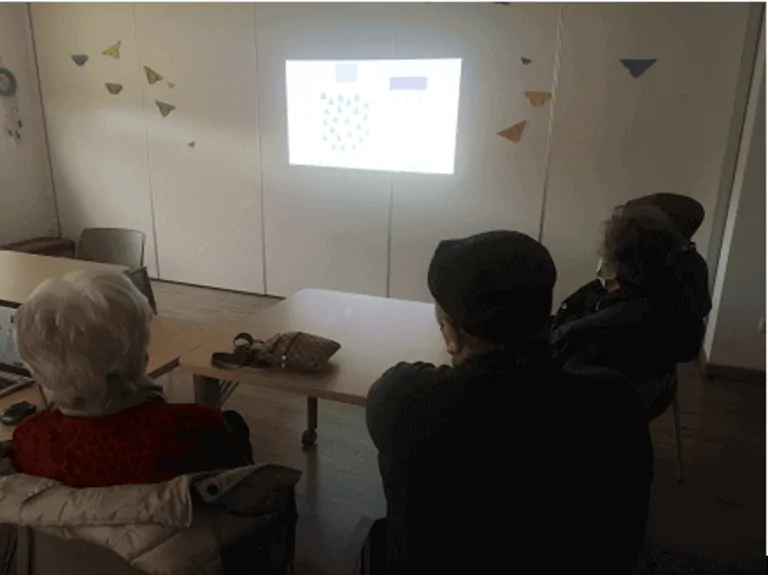
Cognitive stimulation at AFA Rioja with NeuronUP
For the past 8 years, NeuronUP has become a fundamental work tool for designing cognitive interventions at the Association, and when combined with other content it makes it possible to obtain varied, novel sessions that are of growing interest to the participating population.
The advantages of carrying out cognitive stimulation with NeuronUP
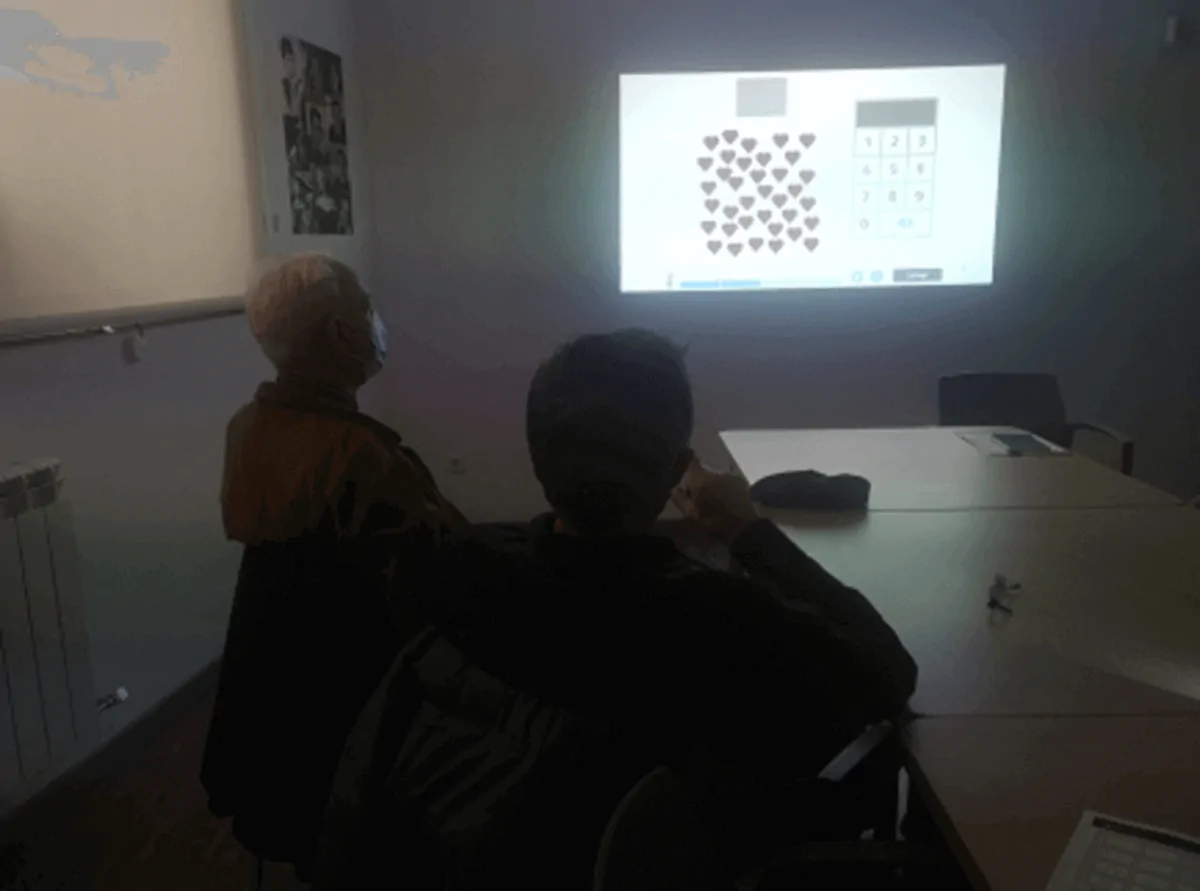
During this time, several advantages have been identified by the center’s professionals regarding the NeuronUP platform which, when properly managed, have a direct impact on achieving individual therapeutic objectives.
From our experience, and without detracting from the other available options, we highlight those that we consider most relevant (and that we use most frequently) in our work of designing and implementing sessions:
- Amount and variety of content according to abilities and areas of occupation. Without forgetting the number of extra resources available, which are very useful for creating sessions or your own exercises in interventions with other work formats;
- Available filters: age and type of exercises. The way they are presented to the target population is important, making them attractive and as representative as possible of everyday life. Likewise, it allows people to have access and become familiar with the world of new technologies from a playful and enjoyable angle that has a direct impact on health;
- Adjusting exercise parameters. Allowing the level of difficulty to be adapted within a wide range, as well as their duration in terms of time and number of repetitions;
- Designing sessions in advance avoids exiting exercises, searching for new ones and starting them. All of which would have a negative impact on their flow and continuity. The possibility of editing sessions according to the results obtained is very positive, as it optimizes benefits and facilitates therapists’ preparation work;
- The basic proposal of the exercises and sessions allows the therapist to adjust them to the characteristics of the person and the group, introducing derived motivating and management elements that enable maximum individualization. For example, according to levels of participation among people in the group: more energetic, more passive…, or with inhibition difficulties in turn-taking exercises. In this way, the greatest possible balance and benefit is achieved among all participants.
Conclusion
- Implementing an NPT must not become a trivial issue within organizational routines that provide services impacting people’s overall health.
- Adapting these therapies to individual needs should be the logical order of the process, rather than expecting the person to adapt to the resources available. And if they are not available, create them.
- Professionals must be coherent between what is done and what is said regarding new care paradigms and approaches and the services available in centers. Taking into account (and sharing) person-centered ethical principles that guide the actions to be developed, reflecting this vision and philosophy in the type of programs and processes of assessment, design and implementation.
- NeuronUP makes it possible to broaden the range of work tools available in the service of the target population, complementing those that already exist, in order to guarantee these principles.
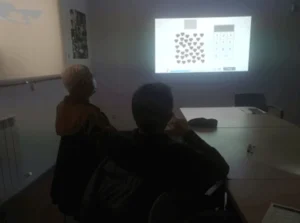
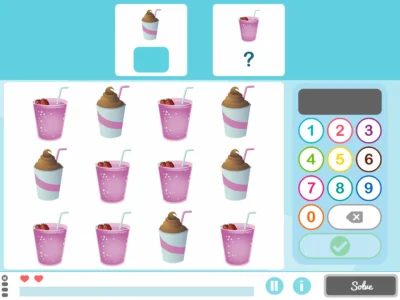

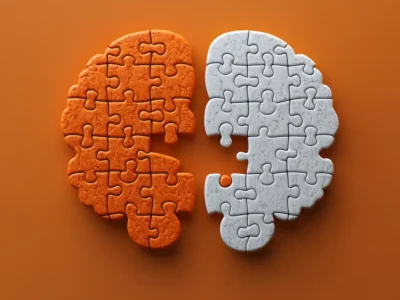
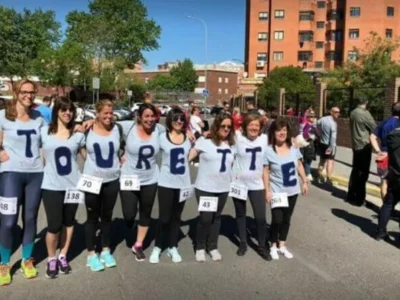


 Online neuropsychological intervention in a case of developmental delay
Online neuropsychological intervention in a case of developmental delay
Leave a Reply